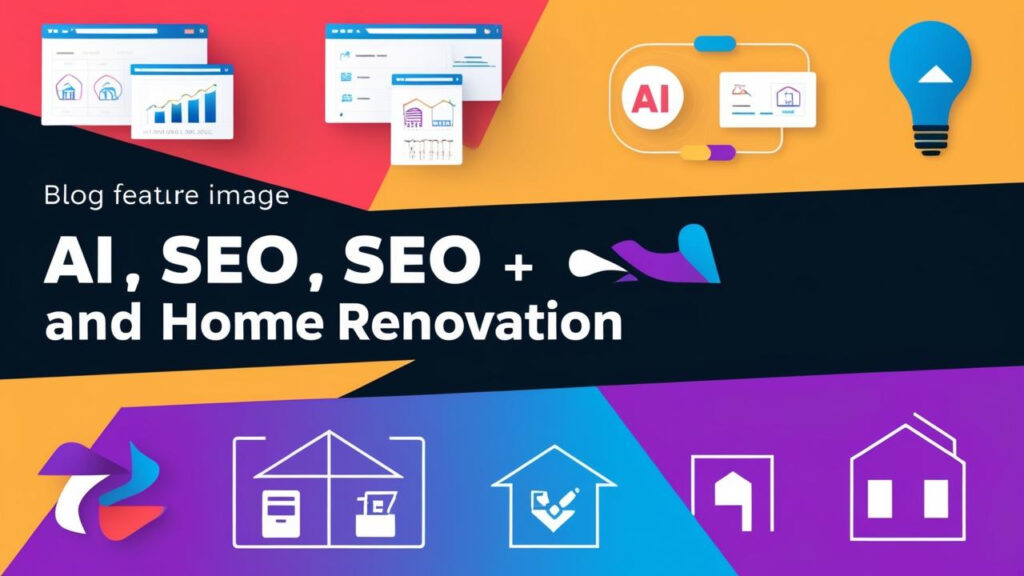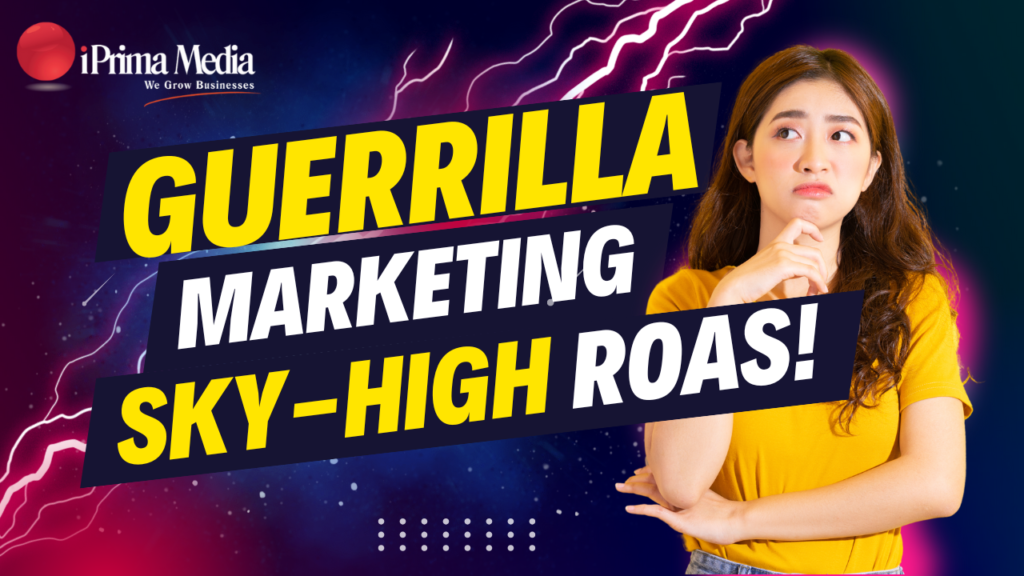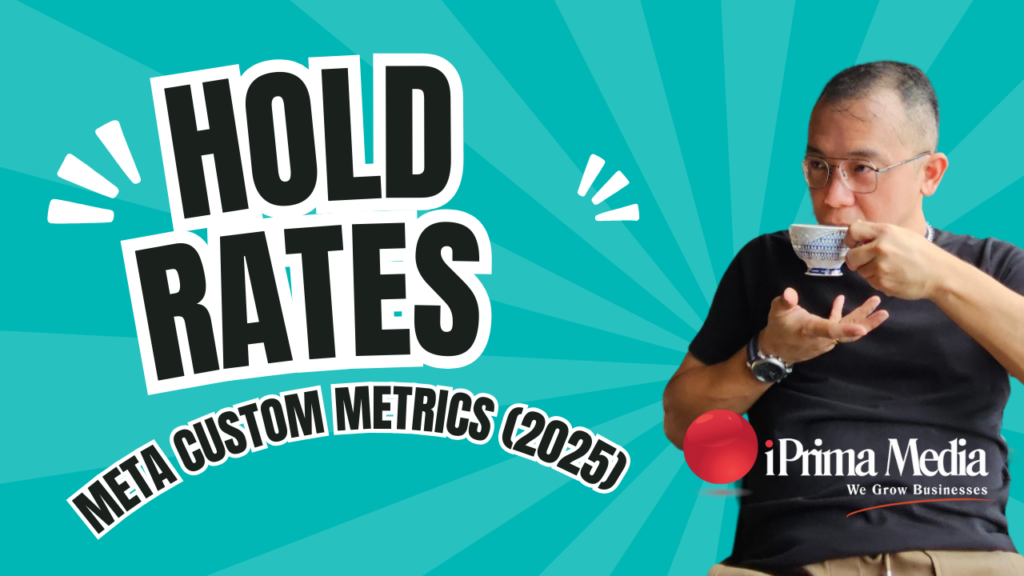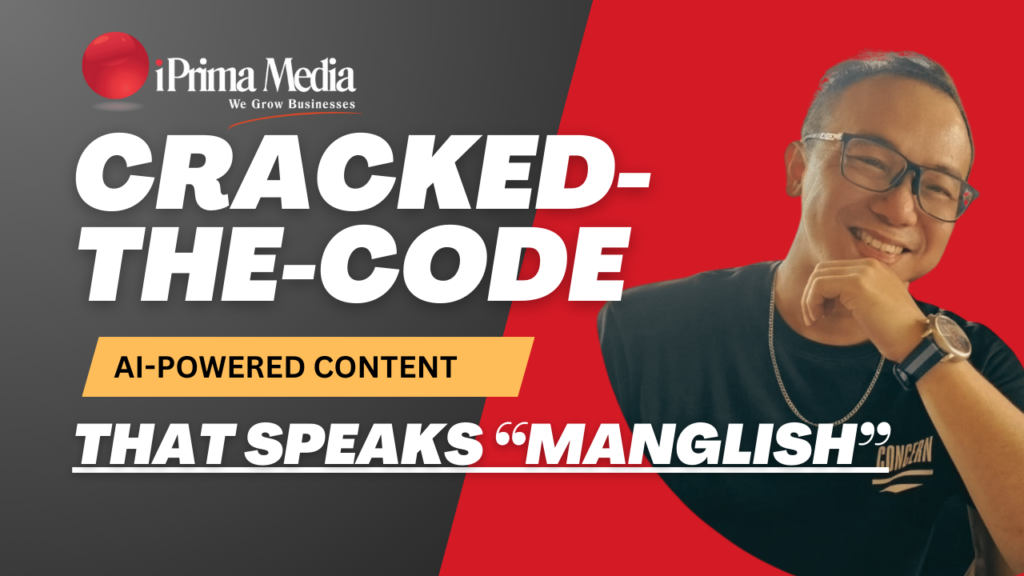On Page SEO Techniques, the top 10 essential strategies for boosting your website's visibility. On-page SEO focuses on optimizing elements within your own website to increase its ranking on search engines. This includes key aspects like content quality, keyword usage, and website structure. When you apply these techniques effectively, you can drive more traffic and provide real value to your audience.
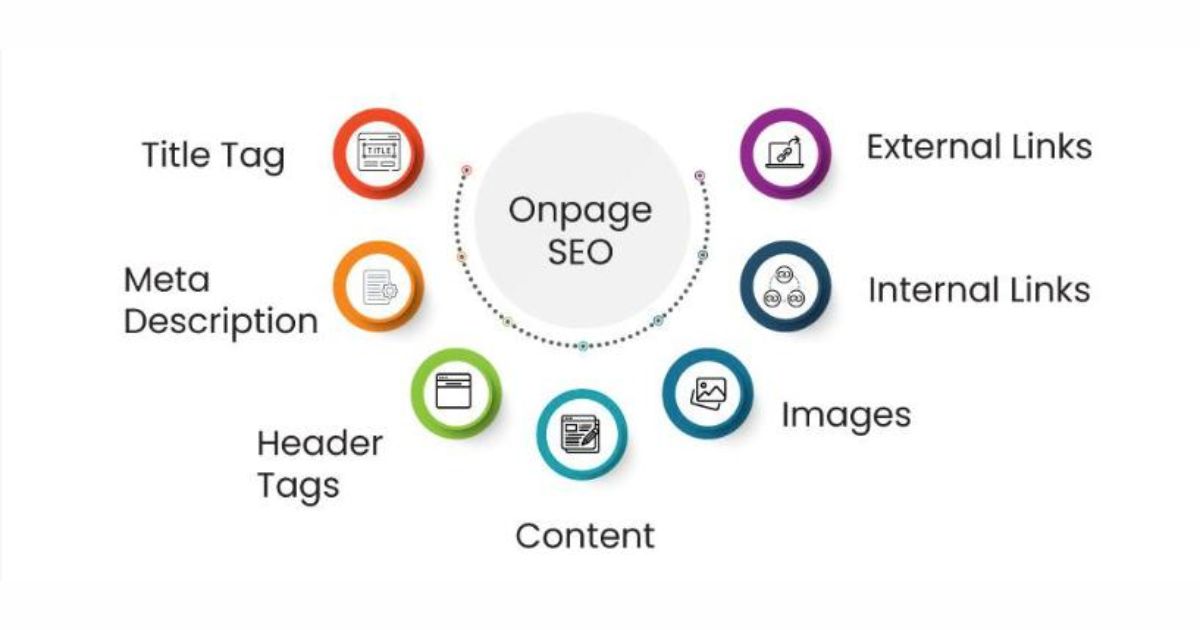
Creating high-quality content that meets the needs of your users is crucial. You should focus on using relevant keywords and structuring your content clearly. This helps search engines understand your pages better. Additionally, paying attention to title tags, meta descriptions, and header tags can enhance your website's performance and user experience.
By implementing the right on-page SEO strategies, you set your website up for success. This not only helps in attracting visitors but also keeps them engaged with meaningful content. Understanding these techniques will empower you to take your online presence to the next level.
Understanding On-Page SEO
On-Page SEO is crucial for optimizing your website's content and structure. It directly affects how search engines like Google rank your pages. In this section, you will learn about its significance and how it differs from other SEO types.
The Significance of On-Page SEO
On-Page SEO involves optimizing elements within your own website. This includes your content, title tags, and internal links. By focusing on these elements, you can enhance user experience and help search engines understand your pages better.
Effective on-page techniques improve your chances of ranking higher in search results. This means more visibility and traffic to your site. Simple actions, such as using relevant keywords and optimizing headings, can make a significant difference.
Additionally, high-quality content is essential. It should address the needs of your audience while also being engaging. When done right, on-page SEO ensures your site is valuable, both to users and search engines.
Difference Between On-Site SEO, Off-Page SEO, and Technical SEO
Understanding the differences between various SEO types is essential for effective optimization. On-Site SEO refers to the optimization strategies you apply on your own website. This includes your content and site structure.
Off-Page SEO focuses on external factors, such as backlinks from other websites. These links help build your site's authority and reputation.
Technical SEO involves optimizing your site's backend. This means improving site speed, mobile compatibility, and ensuring a secure connection. These technical aspects are crucial for a smooth user experience and better rankings.
Each type of SEO plays a role in your overall strategy. Balancing them will lead to improved search engine visibility and a better experience for your visitors.
On Page SEO Techniques #1: Keyword Research and Optimization
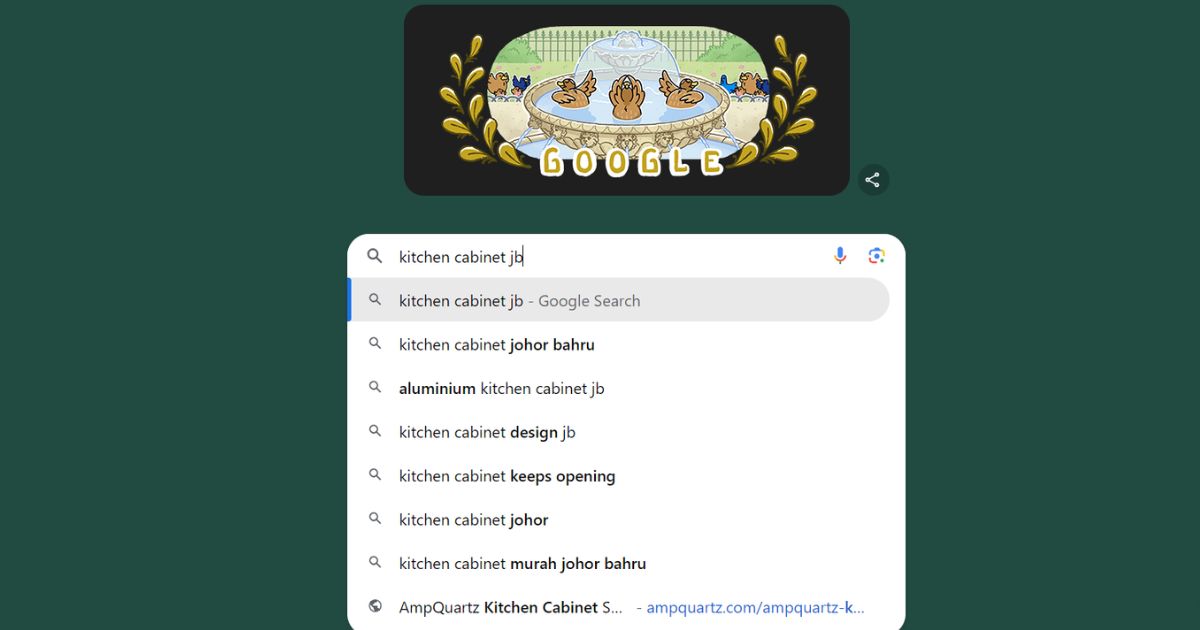
Keyword research is a crucial step in on-page SEO. It helps you choose the right keywords to target and optimize your content effectively. Understanding search intent and avoiding keyword stuffing also play important roles in improving your page rankings.
Importance of Keyword Research
Keyword research helps you discover which terms your audience is searching for. This information allows you to create content that meets their needs. When you know the right keywords, you can optimize your page effectively to rank higher in search results.
Effective keyword research can also give you insights into trends and topics that resonate with your target audience. It allows you to stay ahead of competitors by identifying keywords that they may have overlooked. Overall, it forms the foundation of a successful SEO strategy.
Identifying Target Keywords
To identify target keywords, start by brainstorming relevant topics related to your content. Use tools like Google Keyword Planner, Ahrefs, or SEMrush to find keywords with good search volume and low competition.
Once you have a list, consider long-tail keywords. These phrases may have lower search volume but often attract more engaged visitors. For instance, instead of “SEO,” you might target “SEO tips for small businesses.” This specificity can help you reach your ideal audience more effectively.
Avoiding Keyword Stuffing
Keyword stuffing is using a keyword too many times in your content. This practice can actually harm your SEO efforts. Search engines prefer natural writing that makes sense to readers. Instead of repeating keywords excessively, focus on including them naturally within your content.
You can use synonyms and related phrases to convey your topic. For example, instead of constantly saying “keyword research,” you could say “search term analysis” or simply “researching keywords.” This strategy helps maintain readability while still optimizing for search engines.
Analyzing Search Intent
Understanding search intent is vital for effective keyword optimization. Search intent refers to why a user is searching for a particular keyword. There are three main types: informational, navigational, and transactional.
- Informational: Users seek information on a topic.
- Navigational: Users want to reach a specific website.
- Transactional: Users are ready to make a purchase.
By analyzing the search intent behind your target keywords, you can tailor your content to better meet users' needs. Aligning your content with search intent enhances user experience, which can lead to higher rankings and more website traffic.
On Page SEO Techniques #2: Content Optimization
Content optimization is crucial for improving your website's visibility and ranking in search engine results. By focusing on high-quality content, ensuring relevance, and targeting SERP features, you can attract more visitors and keep them engaged.
Creating High-Quality Content
High-quality content is the foundation of effective SEO. Start by producing original, informative, and engaging articles. Your writing should address the needs of your target audience, solving their problems or answering their questions. Aim for clarity and conciseness.
Use clear headings and bullet points to make your content easier to digest. Incorporate visual elements like images and videos to break up text and keep readers interested. Regularly update your content to maintain its relevance and freshness. Remember, unique and valuable content has a better chance of earning featured snippets and backlinks.
Ensuring Content Relevance and Value
Relevance is key in content optimization. You need to align your content with the search intent of your audience. Use keyword research tools to identify the terms they use when looking for information.
Incorporate these keywords naturally throughout your text. Also, consider the value you provide. Your content should not be thin or superficial. Instead, delve deeply into the subject matter. Providing comprehensive information can make your pages stand out.
Always aim for a balance between keyword usage and readability. This approach helps you avoid penalties for keyword stuffing and enhances the overall user experience.
Optimizing Content for SERP Features
To maximize your visibility on search engines, focus on optimizing for various SERP features. These include rich snippets, featured snippets, and knowledge panels.
Start by structuring your content with well-defined headings, making it easier for search engines to understand. Use schema markup to help search engines display richer results. This technique can enhance how your content appears in search results, increasing click-through rates.
Additionally, provide direct answers to common questions within your content. This practice can increase the chances of being picked for a featured snippet. Regularly monitor which SERP features you are showing up in and adjust your strategy accordingly.
On Page SEO Techniques #3: Title Tags and Meta Descriptions
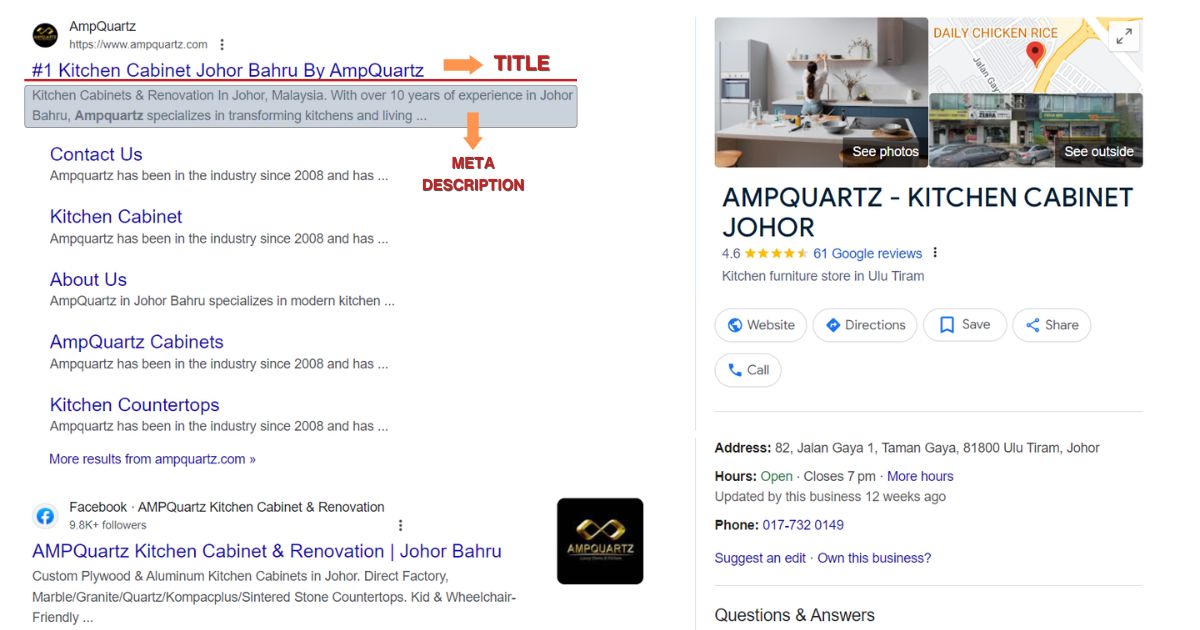
Title tags and meta descriptions are crucial components of on-page SEO. They not only influence how search engines read your content but also play a significant role in attracting users to click on your link.
Crafting Compelling Title Tags
A title tag is a brief statement that appears in search results and browser tabs. It should clearly reflect the content of the page. Most importantly, keep it under 60 characters to ensure it displays fully on search engines.
Include relevant keywords near the beginning of the title. This helps both search engines and users understand your content's topic at a glance. Aim for a natural, engaging tone to entice clicks.
For example, a compelling title might be: “Easy Gluten-Free Pancakes: Quick Recipe for Breakfast.” This title is clear, includes important keywords, and addresses user intent.
Writing Effective Meta Descriptions
Meta descriptions summarize your content in search results and should be between 150-160 characters. Crafting an effective meta description means capturing the essence of your page in a concise, inviting way.
Use action-oriented language that highlights the benefits of your content. Phrases like “Learn how to,” “Discover,” or “Get tips” can encourage users to click.
For instance, “Learn how to make delicious gluten-free pancakes in just 15 minutes!” informs the reader and includes a strong call to action. It clearly presents the value of clicking on your link.
Incorporating these strategies will improve your page's visibility and click-through rates in search results.
On Page SEO Techniques #4: URL Structure and Site Architecture
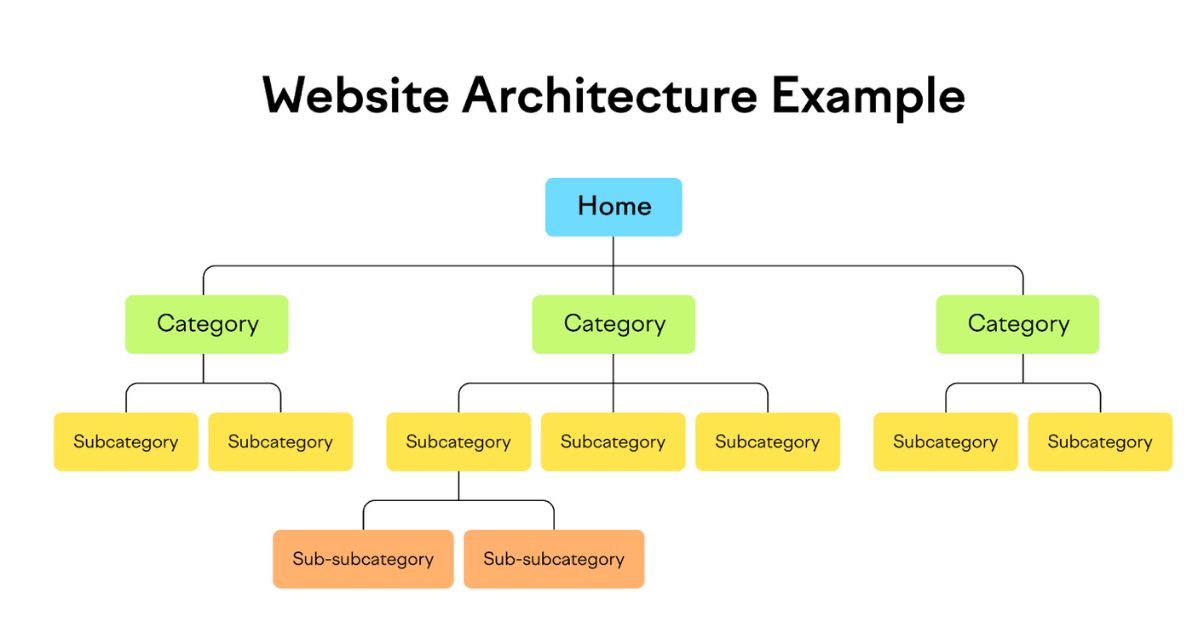
Creating a strong URL structure and organizing your site architecture are crucial for effective SEO. A clear and logical structure helps both search engines and users navigate your site more easily. Focus on these key aspects to enhance your online presence.
Implementing SEO-Friendly URLs
SEO-friendly URLs play a vital role in improving your site's visibility. Start by keeping your URLs short, descriptive, and easy to read. Aim for clear keywords that reflect the page's content.
Use hyphens (-) to separate words in the URL slug, as they improve readability. For example, instead of using underscores or long strings of numbers, structure URLs like this: www.yoursite.com/seo-techniques.
Avoid using unnecessary parameters and session IDs. These can confuse search engines and hinder crawl efficiency. A clean URL structure can promote better indexing and ranking, leading to increased traffic.
Organizing Website Structure for User Experience
Your website's architecture should enhance user experience. A well-organized site allows visitors to find information quickly and easily, which can lower bounce rates.
Start by using a logical hierarchy. Place your main categories at the top level, followed by subcategories and individual pages. This layered approach makes navigation intuitive.
Utilize breadcrumbs to improve usability. Breadcrumbs provide a clear path for users to backtrack and explore related content. This can also benefit SEO by linking back to your main pages.
Regularly review and update your site structure based on user feedback and analytics. This keeps your site relevant and user-friendly, ensuring visitors have a seamless journey through your content.
On Page SEO Techniques #5: Improving Page Speed
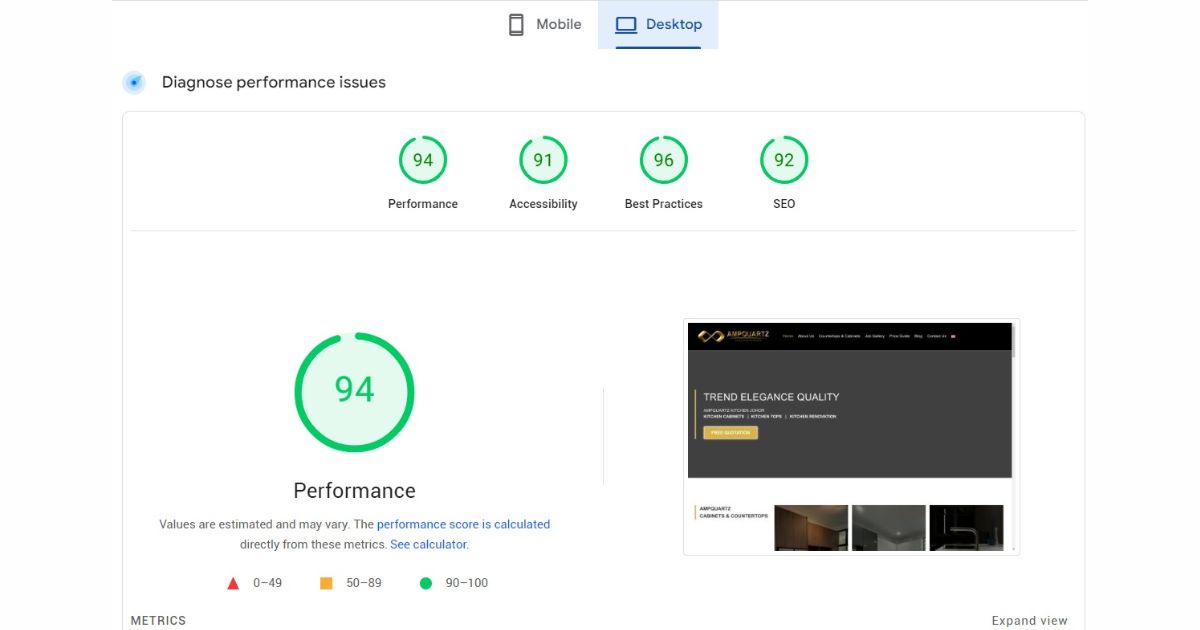
Page speed is essential for a smooth user experience and impacts your search engine rankings. Various factors influence load time, and using the right tools can help you enhance your site's performance effectively.
Factors Affecting Page Load Time
Many elements can slow down your website. Key factors include:
Image Size: Large images can take longer to load. Use formats like JPEG for photos and PNG for graphics. Always compress your images before uploading.
Server Response Time: A slow server can delay your page. Choose reliable hosting services to improve this metric.
JavaScript and CSS: Excessive scripts and large files can hinder page loading. Optimize your code by minifying CSS and JavaScript to remove unnecessary characters.
Redirects: Each redirect creates additional HTTP requests, slowing down your site. Minimize redirects to improve load time.
Mobile-friendliness is another critical aspect. Make sure your website is responsive, as mobile users expect quick loading times.
Tools for Speed Optimization
You can leverage various tools to analyze and improve your page speed. Consider these options:
SEM Rush: This tool offers an On Page SEO Checker that identifies speed issues and provides recommendations.
Google PageSpeed Insights: A free tool that shows how your website performs. It provides specific suggestions for improvement.
GTmetrix: This tool analyzes your site's speed and provides detailed reports, focusing on different areas for enhancement.
Pingdom: Test your site's loading time from various locations, helping you pinpoint issues.
These tools are valuable for understanding your site’s current performance and implementing changes for better speed.
On Page SEO Techniques #6: Internal Linking and Navigation
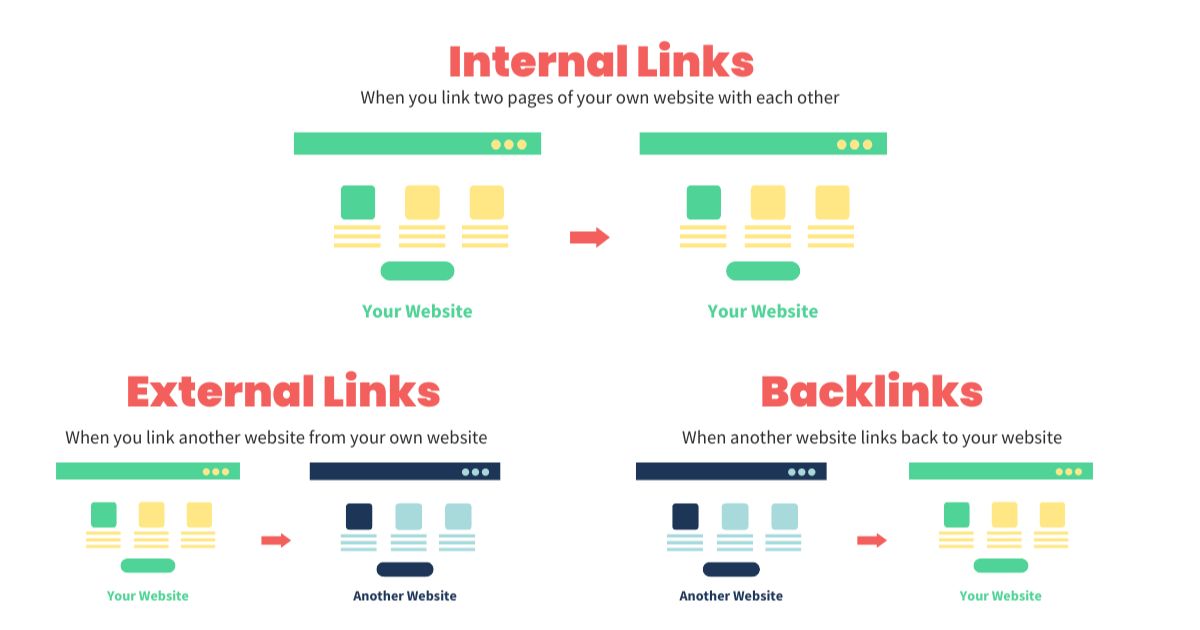
Effective internal linking and navigation are essential for improving your website’s structure. This helps not only search engines but also enhances user experience. When done right, internal links guide visitors through your content seamlessly.
Building a Hierarchical Structure
Creating a clear hierarchy for your internal linking is important. Start with broad topics at the top level and narrow down to specific subtopics. Use categories and subcategories to organize content logically.
For example, if you have a cooking site, your structure might look like this:
- Recipes
- Breakfast
- Lunch
- Dinner
Within each category, link to relevant articles. This structure helps search engines crawl your site and also makes it easier for users to navigate.
Additionally, linking back to your main pages from detailed articles reinforces important content. This ensures that your audience can easily find essential information, enhancing both usability and SEO.
Using Anchor Text Wisely
Anchor text is the clickable text in a hyperlink. Choosing the right words for your anchor text can influence how search engines understand your content. Use descriptive and relevant phrases that give users an idea of what to expect.
For instance, rather than using “click here,” use “learn about healthy recipes.” This informs visitors and improves your site's SEO. Keep it concise and avoid keyword stuffing.
Remember to mix up your anchor text to maintain a natural linking structure. Use variations to connect similar topics and avoid redundancy. This strategy not only boosts your search rankings but also enriches the user experience by making navigation intuitive.
On Page SEO Techniques #7: Image and Multimedia Optimization
Optimizing images and multimedia is essential for improving your website's SEO. Proper techniques enhance load times and accessibility while ensuring search engines can index your content effectively.
Compressing and Resizing Images
Image size affects loading speed. Large images can slow down your site, leading to higher bounce rates. To prevent this, always compress your images before uploading them. Use tools like TinyPNG or JPEGmini to reduce file sizes without sacrificing quality.
Resizing images is just as important. Ensure that images are not larger than they need to be for display. For example, if an image is displayed at 300×300 pixels, don’t upload a 2000×2000 pixel version. Use the correct formats such as JPEG for photos and PNG for graphics with transparency.
Proper Use of Alt Attributes
Alt tags are crucial for both SEO and accessibility. They provide a text alternative for images, helping search engines understand the content. You should write clear, descriptive alt text that includes relevant keywords without keyword stuffing.
For instance, instead of using “image1,” use something like “blue widget on a white background.” This not only helps with SEO but also aids visually impaired users who rely on screen readers. Keep your alt text concise, ideally under 125 characters, to ensure it is effective and informative.
On Page SEO Techniques #8: Header Tags and Content Formatting
Using header tags effectively is crucial for both SEO and readability. Proper formatting helps search engines understand the structure of your content. It also makes it easier for readers to navigate your page.
Effective Use of H1 to H6 Tags
The H1 tag is the most important heading. It should clearly summarize your page's main topic. Use it for your title. Only one H1 tag is recommended per page to avoid confusion.
H2 tags are used for major sections while H3 tags break down those sections further. Using H4 to H6 tags allows additional layers of detail.
Make sure your headings are descriptive. For example, instead of “Introduction,” you might use “Understanding Header Tags.” This helps not only your readers but also search engines. Remember, headings should flow logically and relate closely to the content that follows.
Enhancing Readability with Formatting
Good formatting improves user experience. Start with short paragraphs and use bullets or lists where appropriate. This helps to break up the text and makes key points stand out.
Use bold for emphasis on important terms. For example, header tags help organize your content effectively. Italics can be used for titles or concepts you wish to highlight.
Consider white space to avoid clutter. A well-spaced layout keeps readers engaged and makes information easy to digest. Proper formatting signals to readers where to focus their attention.
By combining effective header tags and thoughtful formatting, your content becomes both readable and optimized for search engines.
On Page SEO Techniques #9: Schema Markup Implementation
Implementing schema markup is essential for enhancing your website's visibility in search engine results. This technique allows search engines to understand your content better and display rich snippets that attract more clicks.
Utilizing Structured Data for Rich Results
Structured data is a standardized format used to provide information about a page and classify its content. By adding schema markup to your HTML, you help search engines grasp the context of your information.
To implement structured data, you can use tools like Google's Structured Data Markup Helper to create the code. Once generated, you can add it to your webpage. Rich snippets, which are enhanced search results, can lead to higher click-through rates, making your pages more engaging.
Common types of schema markup include:
- Articles: For blog posts and news articles.
- Products: For e-commerce sites to showcase items.
- Local businesses: To improve visibility for local searches.
Make sure to test your markup with Google’s Rich Results Test tool to confirm it’s implemented correctly.
On Page SEO Techniques #10: Building Trust and Credibility

Trust and credibility are essential for a successful online presence. By focusing on content accuracy and establishing expertise, you can enhance your website's reliability. This not only attracts visitors but also encourages them to return.
Maintaining Content Accuracy and Freshness
To build trustworthiness, ensuring content accuracy is vital. Always verify facts and data before publishing. Use reliable sources and keep your information up to date.
Regularly review your content to remove outdated or incorrect information. This helps your audience trust what you say. A good practice is to set a schedule for content audits.
When you provide accurate information, visitors feel confident in your expertise. This boosts your site's credibility and can improve your search engine ranking.
Establishing Expertise and Authoritativeness
Your website should reflect your expertise in your field. Showcasing your knowledge helps build authority. Create high-quality, informative content that addresses your audience's questions.
Consider including case studies or real-life examples to support your claims. This can demonstrate your authority on the subject.
Additionally, engage with your audience through comments or forums. Being responsive shows you care about their input and enhances your credibility. Uplifting your profile can also help. Share your qualifications and experiences to further establish your expertise.
By combining accurate content with displayed expertise, you strengthen your site's trustworthiness and encourage users to interact with your brand.
